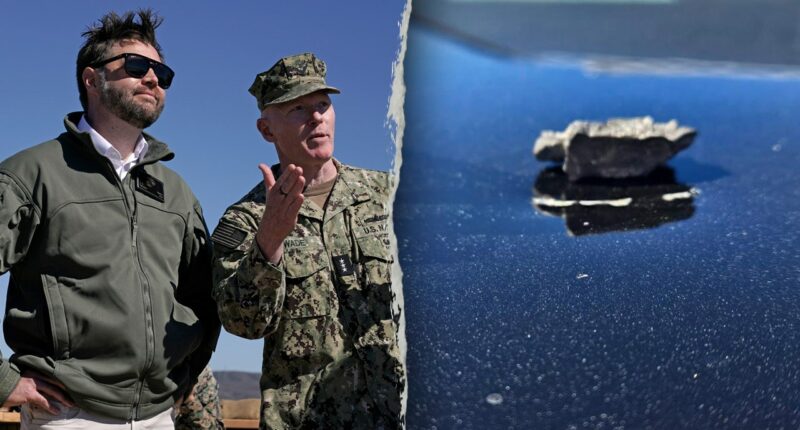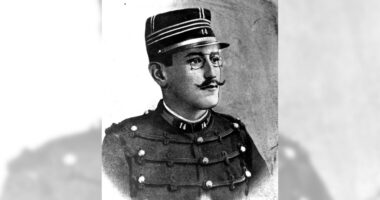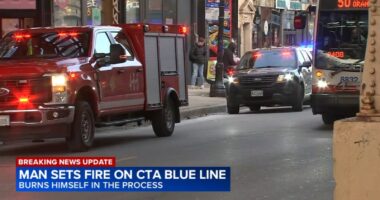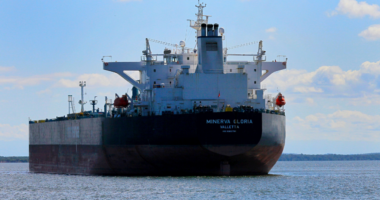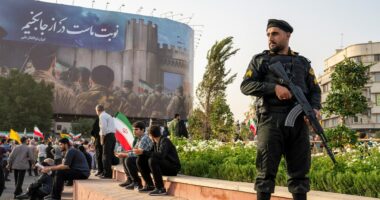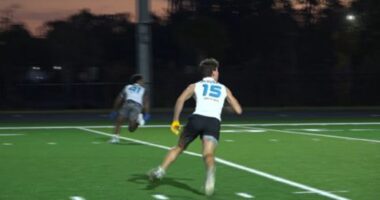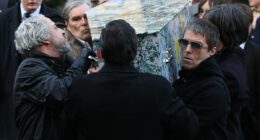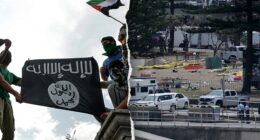Share this @internewscast.com
In a newly disclosed report by the California Highway Patrol (CHP), fresh insights have emerged regarding a live-fire incident involving a patrol car near Camp Pendleton. This event coincided with Vice President JD Vance’s attendance at the Marine Corps’ 250th anniversary celebration.
The document details that the incident occurred at 1:46 p.m. It involved a 155 mm artillery shell fired from White’s Beach, located approximately three-quarters of a mile south of Las Pulgas Road. The round reportedly “detonated in the air over Interstate 5.”
At the time, CHP had temporarily closed a section of the freeway to accommodate the celebration when debris began to descend from above.
“The explosion resulted in small metal fragments falling onto the closed freeway,” the report noted. “One piece of shrapnel hit the hood of a CHP patrol car, causing a minor dent and scratch.”
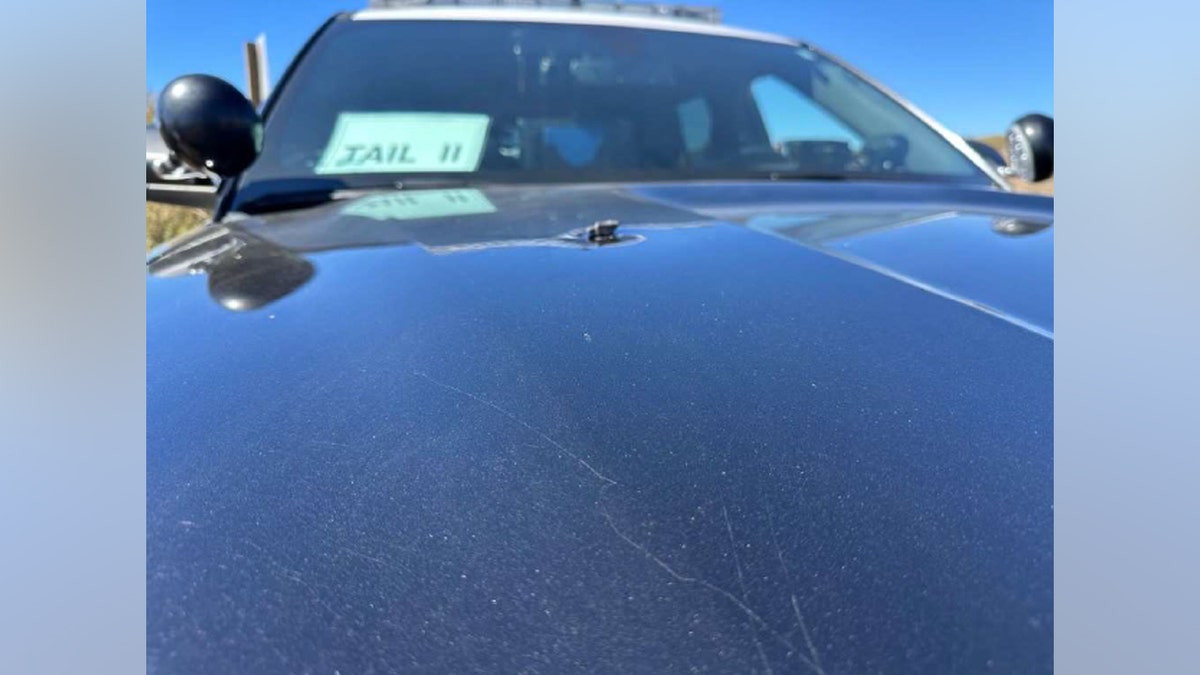
A photograph showed metal debris from the Marine Corps’ live-fire exercise on the hood of a CHP vehicle.
CHP Officers Felix and Vizcarra recounted hearing a sound similar to “pebbles falling” as the fragments landed around them.
No injuries were reported, but investigators recovered two pieces of shrapnel measuring approximately one to two inches long.
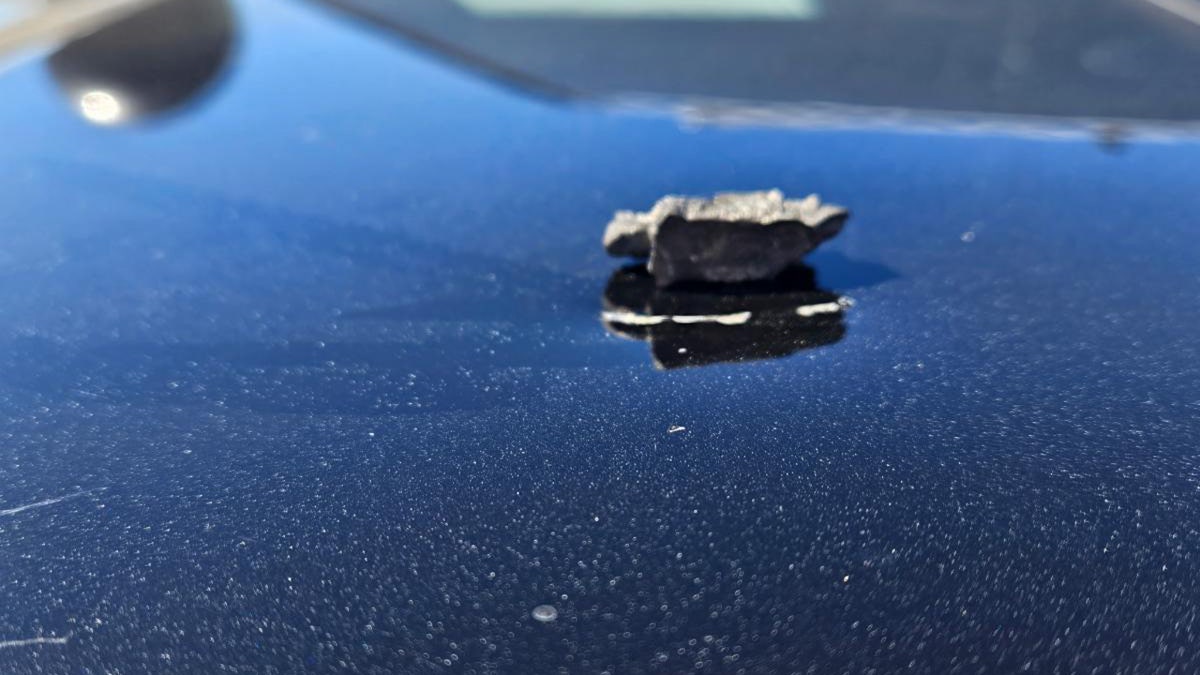
Metal shrapnel from Marine Corps live-fire training struck a California Highway Patrol vehicle on Saturday. (California Highway Patrol)
At approximately 1:55 p.m., CHP Sgts. Maxson and Iniguez conducted safety sweeps of the north and southbound lanes but “found no additional shrapnel, debris, or hazards.”
The freeway has since been reopened, according to the report.
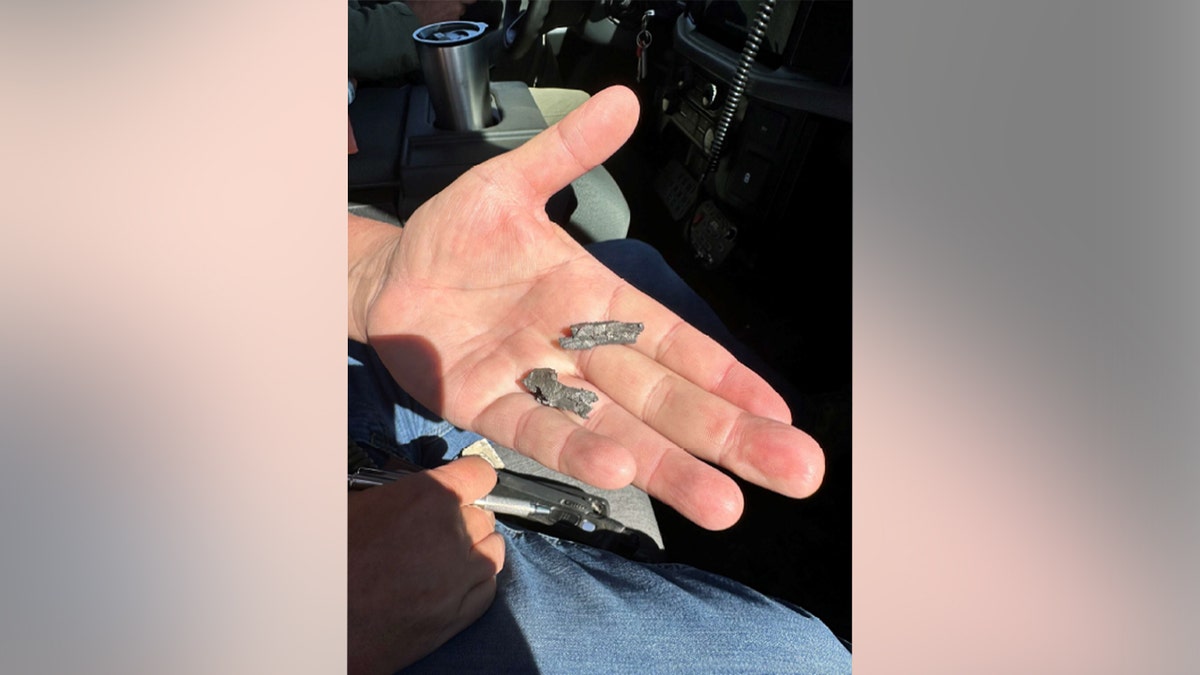
Shrapnel on CHP vehicle (California Highway Patrol)
The Border Division called the incident an “unusual and concerning situation” and urged a formal after-action review “to strengthen communication and coordination between federal, state, and local partners during future demonstrations or training events near public roadways.”
Camp Pendleton officials have announced they will conduct an investigation into what they called a “possible airborne detonation of a 155 mm artillery round outside the designated impact area.”
